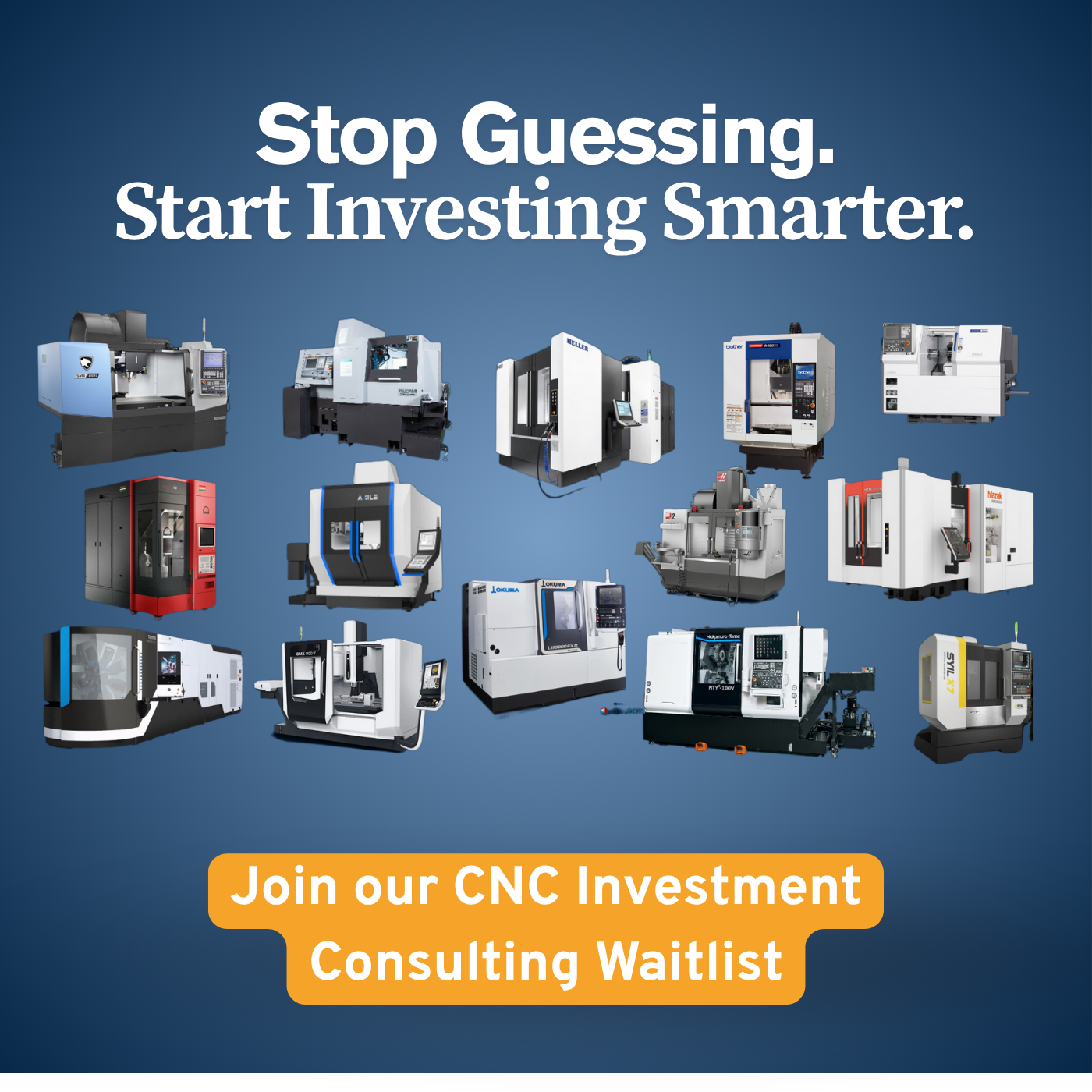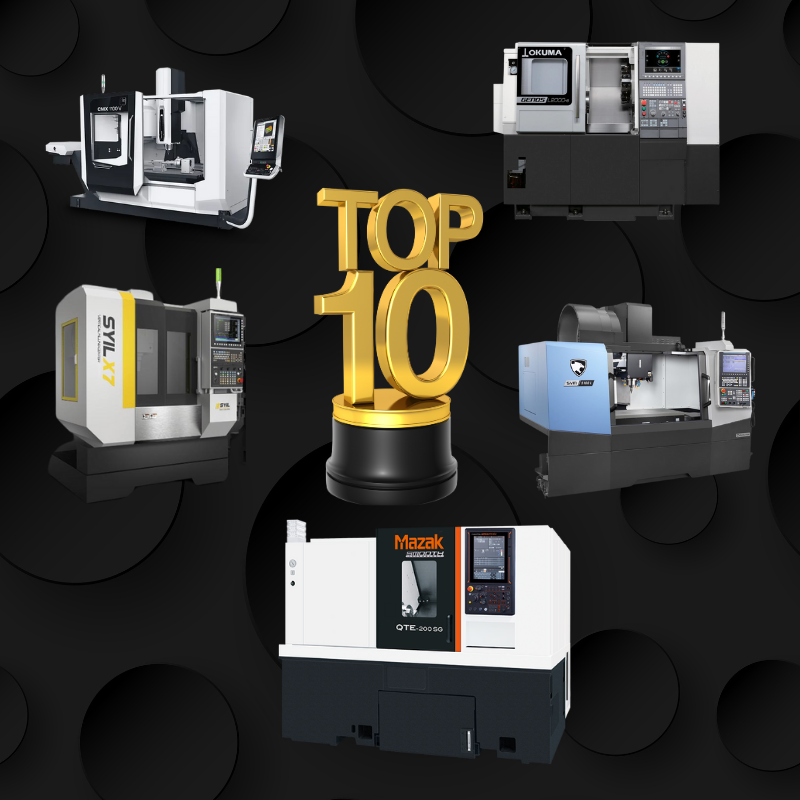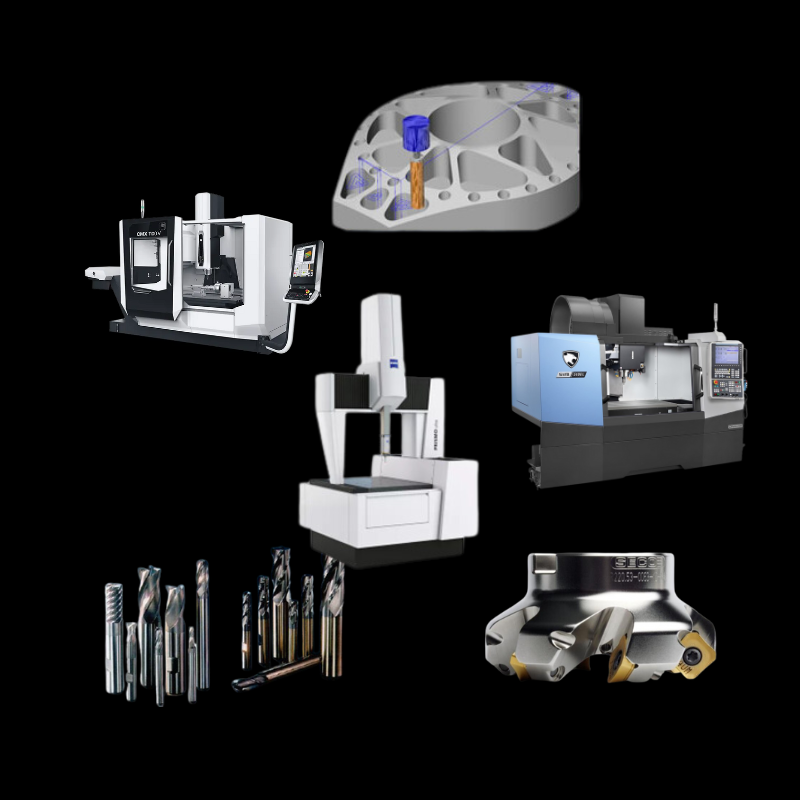Determining whether to invest in another machine can be a complex decision, requiring financial and operational considerations. The journey to acquire a new CNC machine involves more than just comparing prices and models. It's a significant decision that impacts your production efficiency, product quality, and bottom line.
Choosing a new CNC machine requires careful consideration of your current production capacity, production needs, material compatibility, machine size and capacity, technological features, cost and ROI, support and maintenance, and future scalability. These factors ensure the machine you select not only fits your current requirements but also accommodates future growth and technological advancements.
Understanding Your Production Needs
The first step in selecting a new CNC machine is to thoroughly understand your production needs. This involves analyzing the types of products you manufacture, the materials you work with, and the precision and speed requirements of your operations. This evaluation involves understanding your existing equipment's capabilities, identifying bottlenecks in your production process, and determining whether these can be addressed by optimizing current workflows or if additional machinery is indeed necessary. Analyze your production volumes, peak production periods, and any future projects that may require increased capacity. It's also important to consider the flexibility of your current setup to adapt to new products or changes in demand.
Consider the complexity of your projects and whether you need a machine with advanced capabilities, such as 5-axis machining or live tooling. Assessing your production volume is crucial; a high-volume manufacturer will have different needs than a custom job shop. This foundational understanding will guide you towards machines that are specifically designed for your manufacturing tasks.
Key Factors in Assessing Production Capacity
Understanding your production capacity requires focusing on several key factors that include current equipment utilization rates, efficiency, and the flexibility to meet changing demands. Start by reviewing historical production data to identify patterns, peak periods, and potential bottlenecks. Engage with your production team for insights into operational challenges and opportunities for improvement.
Additionally, consider any upcoming business expansions or market opportunities that may increase demand. This consideration will provide a clear picture of whether your current setup meets your needs or if additional machinery is warranted.
Financial Considerations and ROI Analysis
When contemplating the acquisition of additional machinery, it is critical to engage in a thorough financial evaluation to understand its impact on your business. A key component of this evaluation is the Return on Investment (ROI) analysis, which should encompass the initial purchase cost, any potential financing arrangements, ongoing maintenance, operation expenses, and how these factors influence your production capabilities and efficiency. The analysis must account for the machinery's depreciation and its effect on your financial statements, ensuring the investment is in harmony with your company's strategic objectives.
Equally vital is conducting a cost-benefit analysis to weigh the expenses associated with acquiring and operating the new machinery against the anticipated benefits. These benefits may include enhanced production capacity, improved operational efficiency, the ability to explore new markets, or the introduction of novel products. Considerations should also extend to the potential savings in labor or materials and the overall impact on your business's financial well-being and cash flow.
In assessing the feasibility of this investment, it is imperative to look beyond the upfront costs to include maintenance, tooling, and other operational expenditures over the life of the machine. Understanding these financial commitments and how they align with your business's strategic and financial planning is crucial. This includes evaluating different financing options, such as leases, loans, or direct purchases, to determine what best suits your cash flow and financial strategy.
By integrating these analyses, you can make an informed decision that aligns with your long-term business goals and financial health, ensuring the machinery purchase is a strategic asset rather than a financial burden.
The Role of Technological Advancements in Decision Making
In business operations, the impact of technological advancements on machinery cannot be overstated. These advancements often create new equipment far superior to their predecessors in efficiency and capability. A critical aspect of decision-making when contemplating the addition of machinery is to assess the potential benefits of updating existing equipment with cutting-edge technology. This could mean either retrofitting current machines to imbue them with the latest functionalities or replacing them altogether with models that are at the forefront of technological innovation. The goal is to ascertain how the incorporation of new technology might bolster productivity, minimize waste, or elevate the quality of the products being produced.
In the context of today's swiftly changing tech environment, newly designed machinery frequently incorporates technological breakthroughs that promise marked improvements in productivity and operational efficiency. These machines are often designed with features that promote software compatibility, automation, and connectivity aligned with Industry 4.0 standards, paving the way for significant enhancements in productivity and efficiency. It is crucial to evaluate how well a new machine would integrate with your current technology infrastructure and its capacity to remain relevant amid future technological developments.
Moreover, it's important to deliberate on the long-term advantages that come with staying abreast of technological trends. These include potentially lower maintenance expenses, enhanced quality of output, and adherence to evolving industry regulations. By carefully considering these factors, businesses can make informed decisions that not only optimize their operational efficiency but also ensure they remain competitive in an ever-advancing technological landscape.




